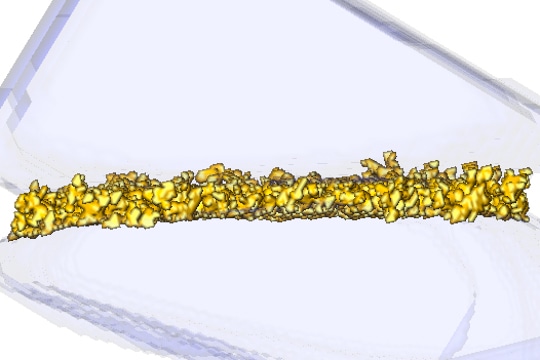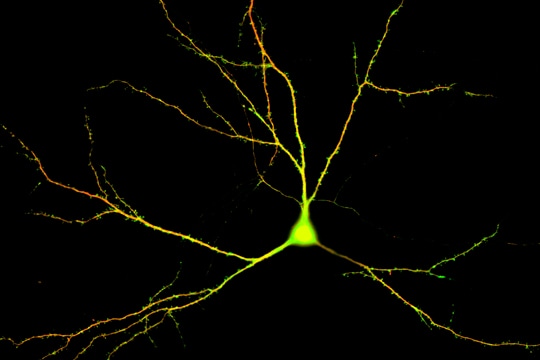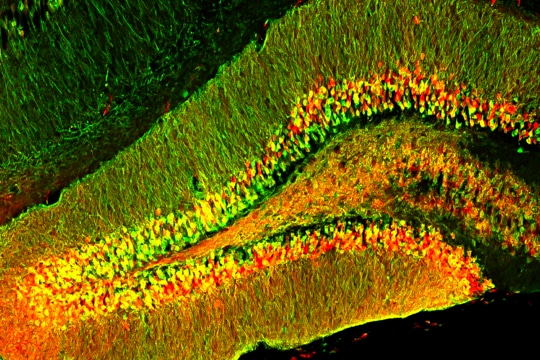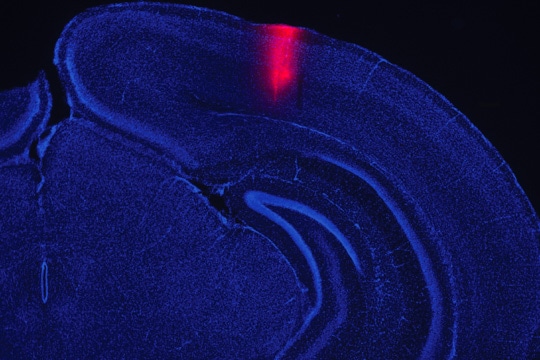Desktop Site Content
Research Interests
Mobile Site Content
Research Interests
Shared Site Content
Overview
Understanding synapse development – and how we get there
How synapses form to wire neurons into networks is a fundamental question of neuroscience. We pursue four long-term goals to understand this process. First, we define on molecular and cellular levels the signals that induce synapse formation. Second, we elucidate the intracellular pathways that control synaptogenesis. Third, we determine how the experience-dependent remodeling of neuronal connections is modulated by synapse-organizing proteins. Fourth, we analyze how synaptic aberrations contribute to brain disorders and how the maturation of neuronal connectivity can be supported. To pursue our goals, we combine biochemical, cell biological, physiological, and in vivo approaches. This integration enables mechanistic insights into synapse development and the profound disease relevance of synaptic biology.
Projects
Mission
Impact of our research program
Once the mechanisms of synapse development have been understood in greater detail, our knowledge of how neuronal circuits are wired will be advanced profoundly. On a molecular level, we aim to define how synapses are shaped by interactions across the cleft and introduce new concepts such as the ‘dynamic cleft’. Functionally, our results already support that mechanisms organizing synapses in development additionally contribute to synaptic plasticity and impact learning in the mature brain. We therefore expect our progress to help advance the molecular understanding of cognitive processes and delineate deficits associated with synaptopathic brain disorders. Our applied analysis of natural compounds that improve synaptic maturation has the potential to determine how diet can help to wire the brain. Together, our research gains comprehensive multidisciplinary insights into the mechanisms that instruct synaptogenesis and remodel synapses and neuronal networks.
Mobile Site Content (continued)







